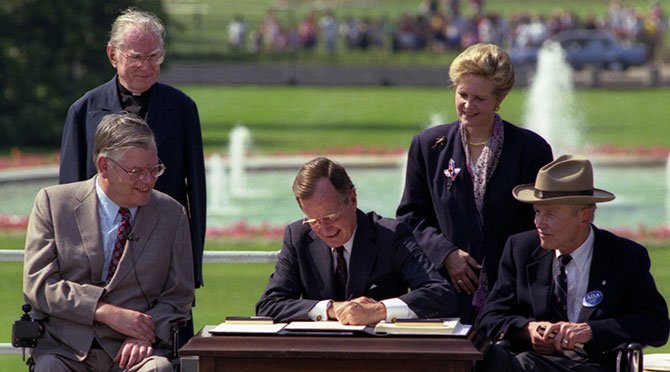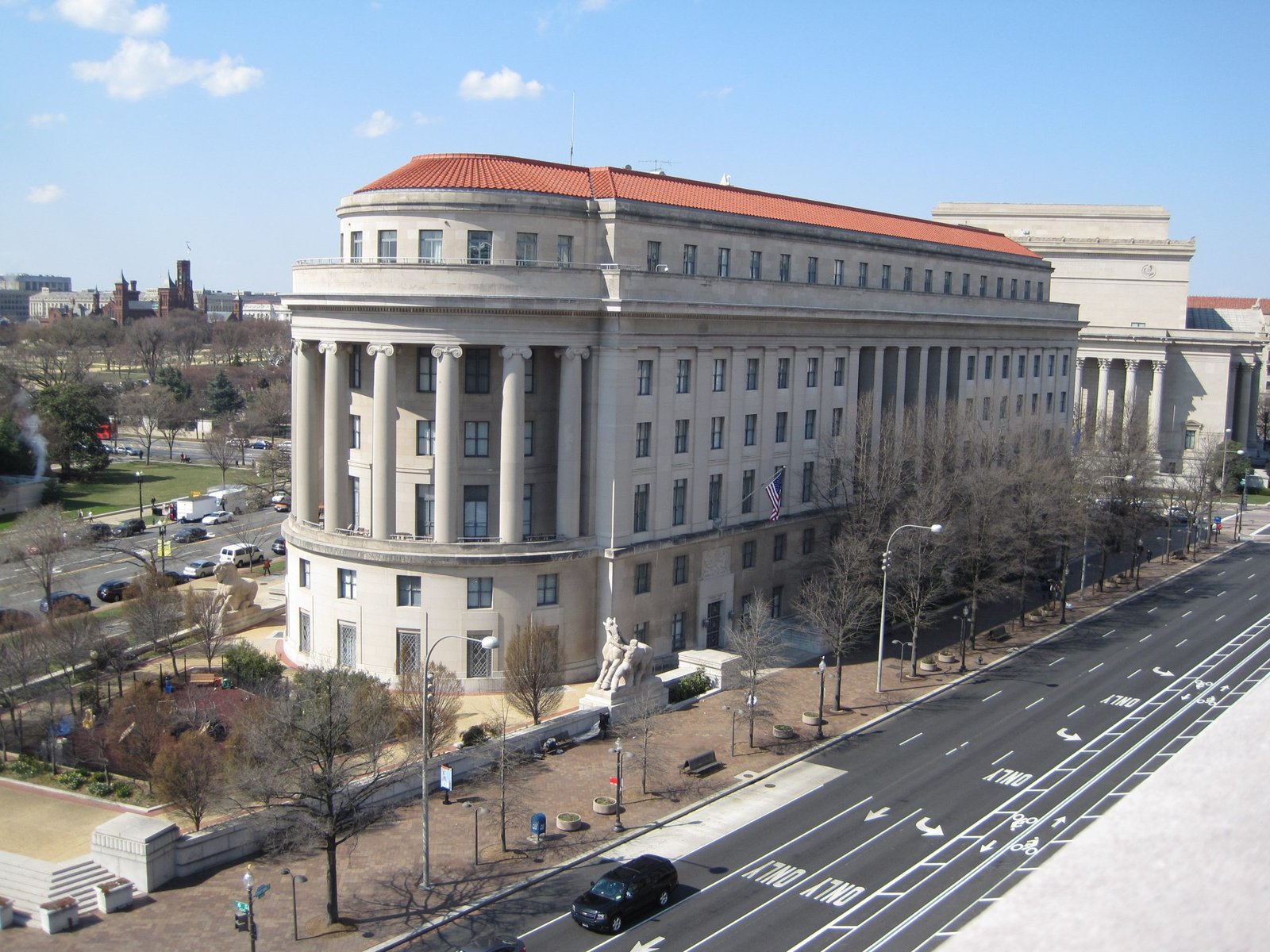The Sustainable Development Goals (SDGs) are a set of global objectives aimed at addressing the world’s most pressing social, economic, and environmental challenges. These goals were created by the United Nations (UN) to guide global efforts towards sustainable development. The SDGs were officially adopted by the UN member states in September 2015.
The Background of the Sustainable Development Goals
The origins of the SDGs can be traced back to the United Nations Conference on Sustainable Development, also known as Rio+20, held in Rio de Janeiro, Brazil, in June 2012. During this conference, world leaders recognized the need for a new set of goals to succeed the Millennium Development Goals (MDGs), which were set to expire in 2015.
The MDGs, established in 2000, focused primarily on poverty reduction and social development. While progress had been made in many areas, it became evident that a more comprehensive and integrated approach was necessary to address the interconnected challenges facing the world.
The Creation of the Sustainable Development Goals
Following the Rio+20 conference, the UN General Assembly established an Open Working Group (OWG) to develop a proposal for the post-2015 development agenda. The OWG consisted of 30 representatives from UN member states and was tasked with formulating a set of sustainable development goals.
Over the course of two years, the OWG engaged in extensive consultations with various stakeholders, including governments, civil society organizations, and the private sector. These consultations sought to gather input and perspectives from diverse groups to ensure the inclusivity and relevance of the proposed goals.
In July 2014, the OWG proposed 17 goals and 169 targets. The goals focused on diverse issues. Examples include poverty reduction, education, health, gender equality, climate response, and sustainable consumption and production.
Putting the Sustainable Development Goals into Action
The OWG’s proposal was the foundation for more discussions among UN member states. In September 2015, global leaders met at the UN Headquarters in New York. They accepted the SDGs at the UN Sustainable Development Summit.
The acceptance of the SDGs was a big step towards global sustainable development. The goals applied to every country, no matter their development status. This shared responsibility and joint action was vital to the SDGs.
Since they were accepted, the SDGs have joined many countries’ national development plans and strategies. Governments, civil society groups, and businesses have been working together to act on the goals and measure progress towards achieving them.
The Current Function of the Sustainable Development Goals
The SDGs give a plan for solving the world’s most pressing problems. These include poverty, inequality, climate change, and environmental damage. They highlight how these issues are linked and the need for combined solutions.
The SDGs work as a roadmap, setting goals and signs for governments and others. These markers allow for progress checks and ensure responsibility. Moreover, the SDGs encourage teamwork across many sectors and people, knowing that we need to work together for sustainable growth.
Even though we’ve made strides since the SDGs were put in place, we still face many hurdles. The COVID-19 pandemic has underlined the pressing need for fast, in-step actions to tackle worldwide issues to create a stronger, more sustainable tomorrow.





